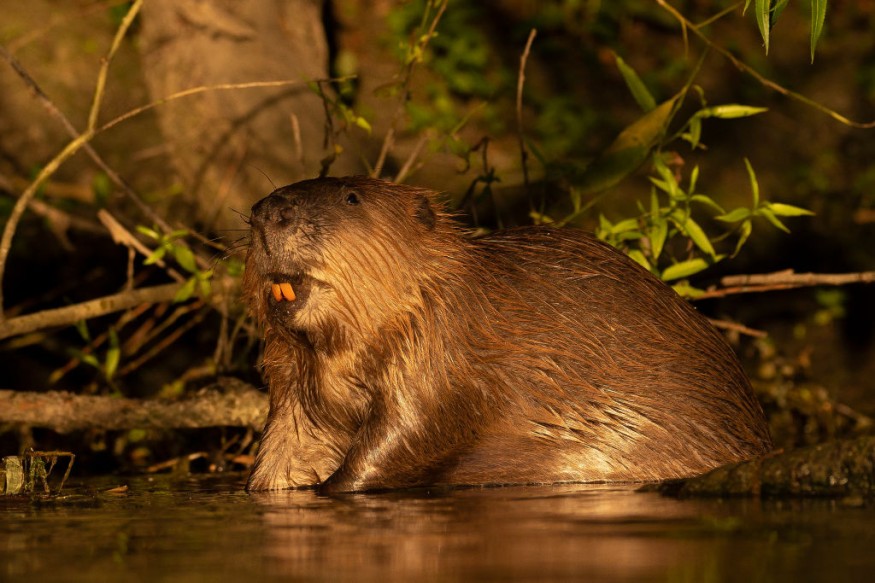
A recent study explained how beavers played a significant role in the humanity's diet as well as in the landscape of Northern Europe decades ago.
Experts said that beavers became extinct in the Netherlands in the 19th century and was reintroduced in 1988. But before that period, beavers were widespread for thousands of years.
They said that beavers are really a native species. Researchers wanted to know how people dealt with the beaver's presence in the past years.
Findings of The Study
The study pointed out that the Eurasian beaver (Castor fiber) was an important member of Early and Mid-Holocene landscapes and animal communities in the Northern Europe.
Researchers said that previous zooarchaeological study had established the alimentary roles of beavers for Mesolithic societies and their importance for fur procurement.
In the conduct of the study, they contextualized beaver landscape agency in hydroactive environments with human behavior, synthesizing currently available data on mammalian assemblages, ichtyofauna and beaver-related material culture across Northern Europe.
The scientists explained that cross-cultural, diachronic analysis revealed previously overlooked facilitations of human behavior by beaver practices and ecological legacies.
Researchers pointed out that long-term trajectories of human-beaver cohabitation differed across northern European regions. They explained that while in Southern Scandinavia, human-beaver intersections witnessed major re-organizations during the Mid-Holocene.
More importantly, the beavers retained a key role for human societies across Northeastern Europe throughout much of the Holocene as they also played an important part at the Mesolithic-Neolithic transition in the Dutch wetlands.
Based on the study, the divergent pathways are also evidenced by Mesolithic beaver-related material culture and this highlighted the cultural keystone status of Castor fiber in higher latitude European landscapes.
Experts argued that this keystone status is grounded in the supply of human hunting, fishing, and gathering affordances by the animals, pointing to the generative commensality between Mesolithic foragers and their beaver neighbors.
The study's findings demonstrated the importance of the beaver in the making of Early and Mid-Holocene forager societies in Northern Europe and illustrate the fruitfulness of deploying an integrated multispecies approach.
Scientists explained how these beavers were able to create a diverse ecosystem.
The species changed the water level in their habitat so the entrance to their lodge is flooded but they can sleep in the dry portion.
In order to achieve this, they need the water at a certain level, which they control by constructing dams.
Healthy Ecosystem
Beavers are found to have increased biodiversity, according to the government of Canada.
Aside from that, they are known to improve water quality.
Studies have shown that beaver dams and pools reduce soil erosion and retain sediment, which absorb and filter pollutants such as heavy metals, pesticides, and fertilizers. This later improves the quality of water downstream used by humans and other species.
Further, beavers help minimize flood risk the same way they minimize the effects of drought. The beaver dams are also known to help minimize flood risk by slowing the flow of water, which can delay and reduce flood peaks further downstream.
Related Article : Beavers: Savior of the Wetlands From Drought Caused by Climate Change
Related Video:
© 2026 NatureWorldNews.com All rights reserved. Do not reproduce without permission.





